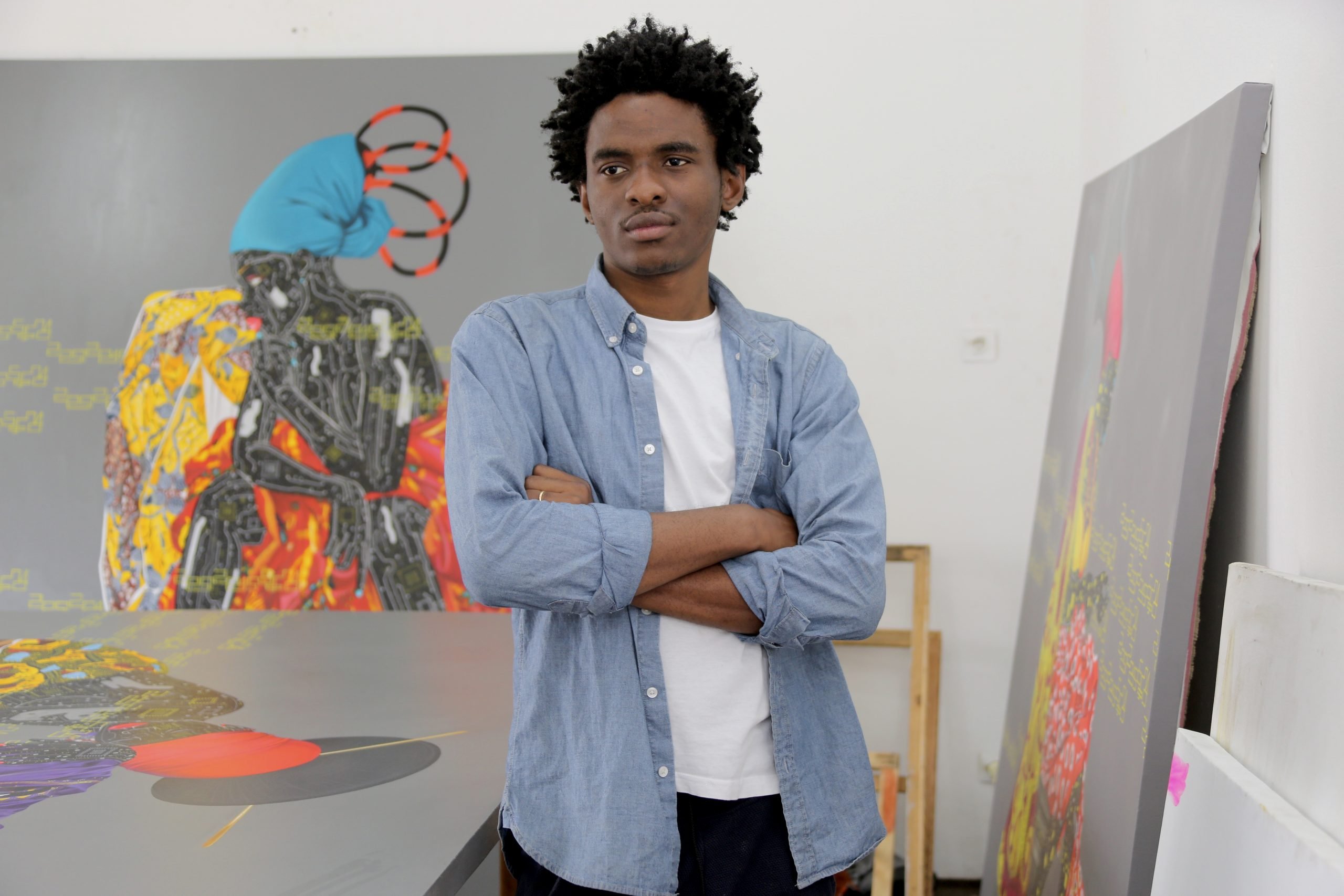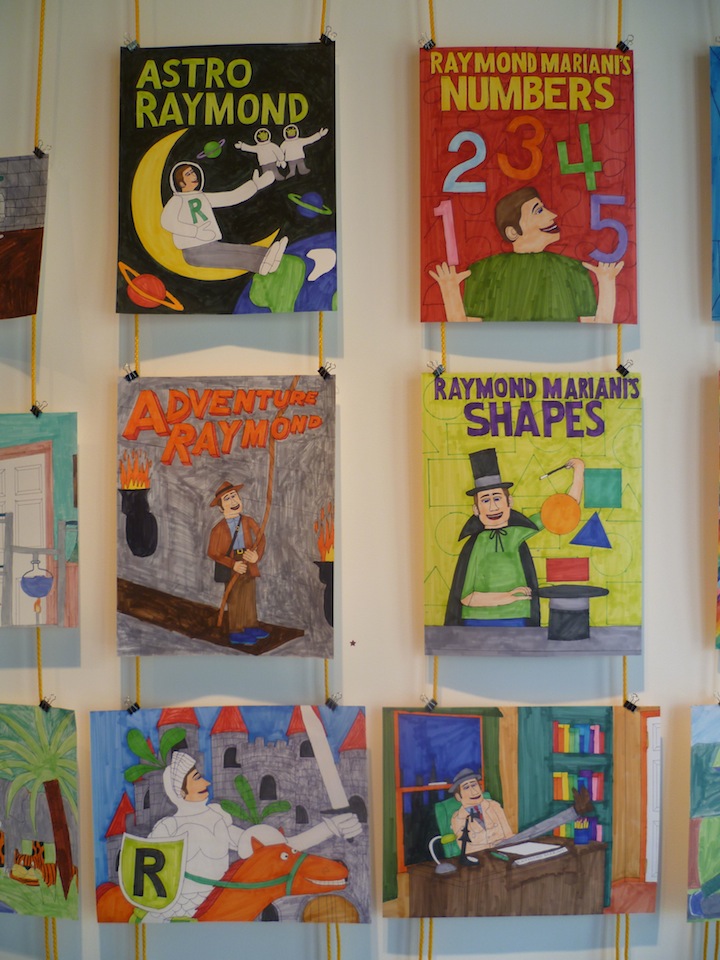Biennale, Dog
2003 - Drawing & Print (Drawing & Print)
Xu Tan
Biennale, Dog is an appropriation of the posters made to promote biennial art exhibitions. Displayed alongside the official marketing materials of biennials (Shanghai, Berlin, Venice, etc.) Xu’s works provide a satiric and provocative alternative to the official system and make publicly visible images of many realities. Biennials help various localities produce their own art scenes and provide playgrounds for the international art world to expand its activities and influences. This is a highly contradictory process that renders local productions globally visible, but yet risks reducing their complexity, difference, and independence. In a way, these temporary art exhibitions are the perfect example of the negative and positive impact of globalization that affects both social reality and personal destiny. Xu’s Biennials enact and publicize different “possible scenarios” that these contradictory factors might effect on the social imaginary.
Xu Tan began his career as a member of the well-known Guangzhou-based artist collective Big Tail Elephant. His installation and video works explore issues crucial to the post-Cold War, post-colonial, and increasingly globalized world like urbanization, the geopolitical relationships between the developed and developing worlds in terms of political, economic, and cultural production and their impacts on personal lives and their expressions. Xu’s works are often site-specific, dealing intimately with everyday experiences to critically demonstrate the tension between globally circulating images, modes of communication, and the impact they have locally. Powerfully and intelligently, Xu’s work calls for contemporary art to engage with social reality in our time.
Colors:
Related works featuring themes of: » Australia and New Zealand, » Cinematic, » Collective History, » Cross-Cultural Dialogue, » Dutch
» see more
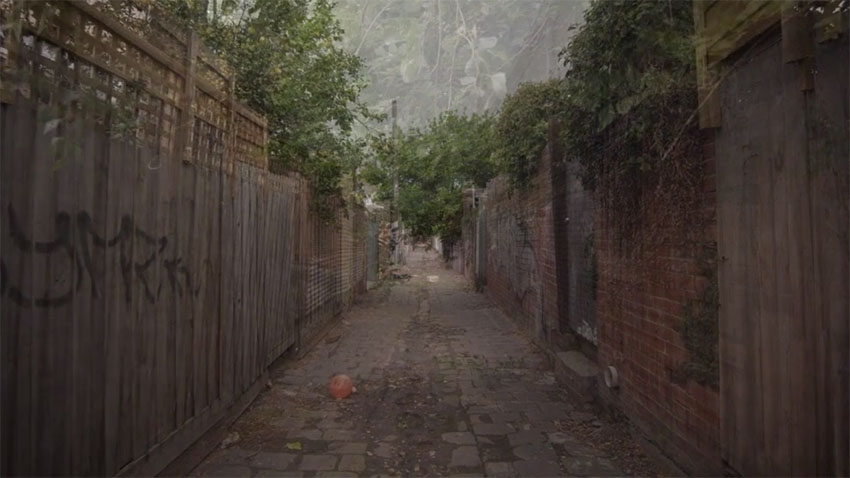
© » KADIST
Daniel Crooks
2014The Illusion of Everything (2014) follows an unseen pedestrian as he navigates the Australian city of Melbourne’s dense and intricate network of laneways...
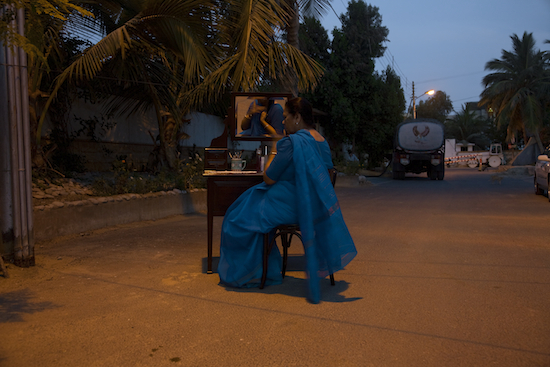
© » KADIST
Bani Abidi
2008The threshold in contemporary Pakistan between the security of private life and the increasingly violent and unpredictable public sphere is represented in Abidi’s 2009 series Karachi ...

© » KADIST
Claudia Joskowicz
2009The primary interest in the trilogy is Joskowicz’s use of cinematic space, with long tracking shots that portray resistance to habitual viewing experiences of film and television...

© » KADIST
Clarissa Tossin
2017Clarissa Tossin’s film Ch’u Mayaa responds to Frank Lloyd Wright’s Hollyhock House (constructed 1919–21) in Los Angeles, an example of Mayan Revival architecture...
Other related works, blended automatically
» see more

© » KADIST
Daniel Crooks
2014The Illusion of Everything (2014) follows an unseen pedestrian as he navigates the Australian city of Melbourne’s dense and intricate network of laneways...

© » KADIST
Bani Abidi
2008The threshold in contemporary Pakistan between the security of private life and the increasingly violent and unpredictable public sphere is represented in Abidi’s 2009 series Karachi ...

© » KADIST
Wong Hoy Cheong
2004Re: Looking marks a new phase in Wong’s work which connects his region’s history with other parts of the world...
Related works sharing similar palette
» see more

© » KADIST
Minia Biabiany
2019Qui vivra verra, Qui mourra saura is an installation by Minia Biabiany composed of the plan of a house made out of strips of salt, and a “garden” made of ceramic pieces, hanging from the ceiling and on the floor, and non woven fabric...
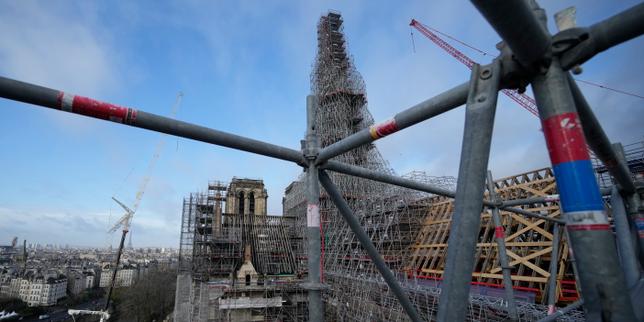
© » LE MONDE
La loi sur le mécénat fête ses 20 ans en attendant un enrichissement Offrir Le Monde Article réservé aux abonnés Au colloque organisé lundi 11 décembre, au Musée Guimet, à Paris, pour les 20 ans de la loi sur le mécénat qu’il avait portée, l’ancien ministre de la culture Jean-Jacques Aillagon devait être le roi de la fête, mais le Covid en a décidé autrement...

© » KADIST
Shahab Fotouhi
2013Shahab Fotouhi’s photographic series Establishing Shot; Interior, Night – Exterior, Day; without Antagonist and Extra consists of four C-prints that at first glance would appear to be travel posters for Iran, in that each features a beautifully shot image of an Iranian waterfall...
Other works by: » Xu Tan
» see more
Related artist(s) to: Xu Tan » Liu Ding, » Zheng Guogu, » Cao Fei, » Danh Vo, » Hu Fang, » Anton Vidokle, » Nairy Baghramian, » Rosemarie Trockel, » Simon Fujiwara, » Adrián Villar Rojas
» see more

© » KADIST
Anton Vidokle
2020Shot in Oliveto Lucano, a village in the south of Italy, AUTOTROFIA (meaning self-eating) by artist Anton Vidokle is a cinéma vérité style film that slides fictive characters into real situations, and vice-versa, to draw a prolonged meditation on the cycle of life, seasonal renewal, and ecological awareness...

© » KADIST
Adrian Villar Rojas
2012Based on historical prophecies and fantasy, the artist creates apocalyptic scenarios that posit an enigmatic world plagued by social, political, and environmental upheaval...
Related works found in the same semantic group
» see more

© » SLASH PARIS
Kyiv Biennial 2023 — La Biennale de Kyiv — Divers lieux — Exhibition — Slash Paris Login Newsletter Twitter Facebook Kyiv Biennial 2023 — La Biennale de Kyiv — Divers lieux — Exhibition — Slash Paris English Français Home Events Artists Venues Magazine Videos Back Kyiv Biennial 2023 — La Biennale de Kyiv Exhibition Mixed media Biennale de Kyiv, 2023 © Kyiv Biennial Kyiv Biennial 2023 La Biennale de Kyiv Ends in 18 days: October 5 → December 29, 2023 The fifth edition of Kyiv Biennial will be international and will take place in Kyiv, Ivano-Frankivsk, Uzhhorod, Vienna, Warsaw and Berlin...





